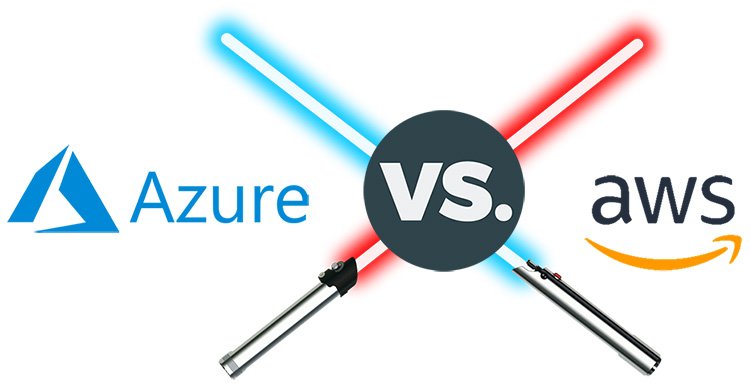So sánh 2 nền tảng Data Warehouse của AWS và Microsoft
Quote from bsdinsight on 1 December 2023, 08:18
Synapse Data Warehouse and AWS Redshift are both cloud-based data warehouses that offer a range of features for storing, processing, and analyzing large datasets. Here’s a comparison of the two platforms:
Synapse Data Warehouse
Strengths:
- Unified data platform: Synapse integrates seamlessly with other Azure services, such as Azure Data Lake Storage, Azure Machine Learning, and Power BI. This makes it easy to build data pipelines, train machine learning models, and create data visualizations.
- Serverless options: Synapse offers serverless options for both data warehousing and data processing, which can save you money and simplify your infrastructure management.
- Hybrid transaction/analytical processing (HTAP): Synapse supports HTAP, which means you can run both transactional and analytical workloads on the same platform. This can be useful for applications that require both real-time data processing and historical analysis.
Weaknesses:
- Pricing: Synapse’s pricing can be complex, and it can be difficult to estimate costs upfront.
- Maturity: Synapse is a relatively new product, and it may not have all the features of more mature data warehouses.
AWS Redshift
Strengths:
- Proven performance: AWS Redshift is a well-established data warehouse with a proven track record of performance.
- Scalability: AWS Redshift can scale to handle petabytes of data, making it a good choice for large organizations.
- Cost-effectiveness: AWS Redshift is a relatively cost-effective data warehouse, especially for large workloads.
Weaknesses:
- Limited integration with other AWS services: AWS Redshift does not integrate as seamlessly with other AWS services as Synapse does with Azure services.
- No serverless options: AWS Redshift does not offer serverless options, which can make it more complex to manage than Synapse.
- No HTAP support: AWS Redshift does not support HTAP, so you will need to use a separate database for transactional workloads.
Which platform is right for you?
The best platform for you will depend on your specific needs and requirements. If you are looking for a unified data platform with serverless options and HTAP support, then Synapse Data Warehouse is a good choice. If you are looking for a proven, scalable, and cost-effective data warehouse, then AWS Redshift is a good choice.
Here is a table summarizing the key differences between Synapse Data Warehouse and AWS Redshift:
Feature Synapse Data Warehouse AWS Redshift Unified data platform Yes No Serverless options Yes No HTAP support Yes No Pricing Complex Cost-effective Maturity Relatively new Well-established Scalability Petabytes Petabytes Integration with other services Seamless integration with Azure services Limited integration with AWS services

Synapse Data Warehouse and AWS Redshift are both cloud-based data warehouses that offer a range of features for storing, processing, and analyzing large datasets. Here’s a comparison of the two platforms:
Synapse Data Warehouse
Strengths:
- Unified data platform: Synapse integrates seamlessly with other Azure services, such as Azure Data Lake Storage, Azure Machine Learning, and Power BI. This makes it easy to build data pipelines, train machine learning models, and create data visualizations.
- Serverless options: Synapse offers serverless options for both data warehousing and data processing, which can save you money and simplify your infrastructure management.
- Hybrid transaction/analytical processing (HTAP): Synapse supports HTAP, which means you can run both transactional and analytical workloads on the same platform. This can be useful for applications that require both real-time data processing and historical analysis.
Weaknesses:
- Pricing: Synapse’s pricing can be complex, and it can be difficult to estimate costs upfront.
- Maturity: Synapse is a relatively new product, and it may not have all the features of more mature data warehouses.
AWS Redshift
Strengths:
- Proven performance: AWS Redshift is a well-established data warehouse with a proven track record of performance.
- Scalability: AWS Redshift can scale to handle petabytes of data, making it a good choice for large organizations.
- Cost-effectiveness: AWS Redshift is a relatively cost-effective data warehouse, especially for large workloads.
Weaknesses:
- Limited integration with other AWS services: AWS Redshift does not integrate as seamlessly with other AWS services as Synapse does with Azure services.
- No serverless options: AWS Redshift does not offer serverless options, which can make it more complex to manage than Synapse.
- No HTAP support: AWS Redshift does not support HTAP, so you will need to use a separate database for transactional workloads.
Which platform is right for you?
The best platform for you will depend on your specific needs and requirements. If you are looking for a unified data platform with serverless options and HTAP support, then Synapse Data Warehouse is a good choice. If you are looking for a proven, scalable, and cost-effective data warehouse, then AWS Redshift is a good choice.
Here is a table summarizing the key differences between Synapse Data Warehouse and AWS Redshift:
| Feature | Synapse Data Warehouse | AWS Redshift |
|---|---|---|
| Unified data platform | Yes | No |
| Serverless options | Yes | No |
| HTAP support | Yes | No |
| Pricing | Complex | Cost-effective |
| Maturity | Relatively new | Well-established |
| Scalability | Petabytes | Petabytes |
| Integration with other services | Seamless integration with Azure services | Limited integration with AWS services |

